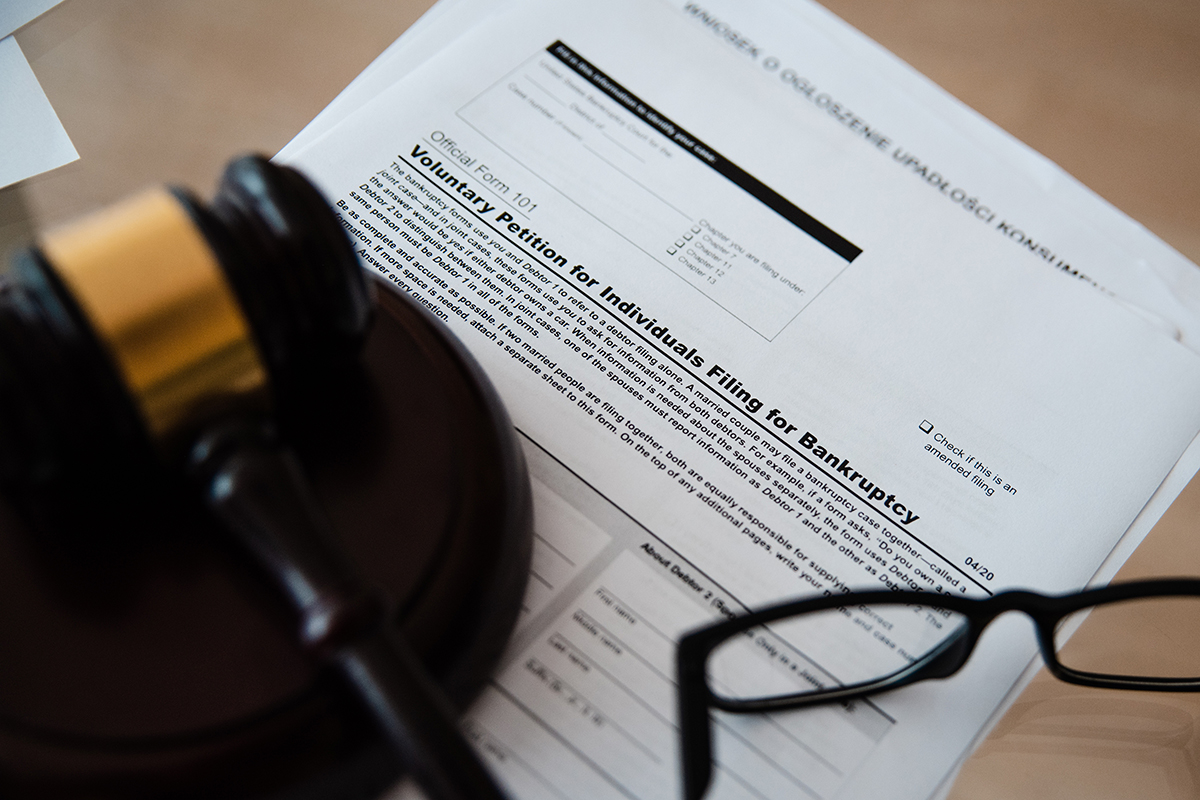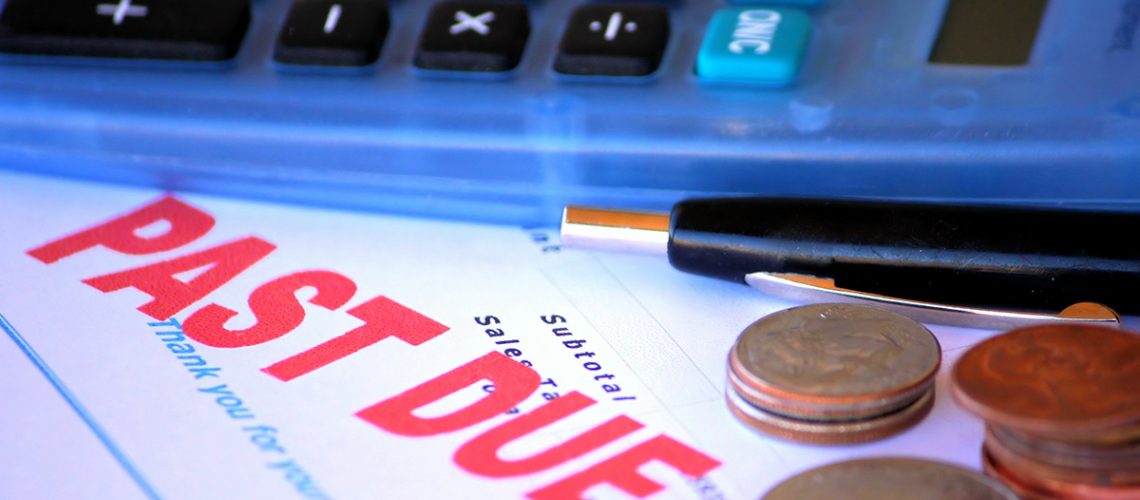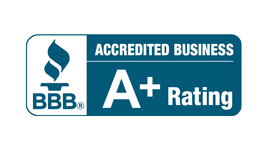Ohio Exemption Increases in April 2025
In Ohio, legal exemptions are provisions that allow individuals to protect certain assets from being seized by creditors during legal proceedings such as bankruptcy, garnishment, or attachment.
These exemptions are designed to ensure that debtors can retain essential property necessary for their well-being and livelihood, even in the face of financial distress.
The legal foundation for these protections is established in the Ohio Revised Code § 2329.66, which outlines specific categories of property that are exempt from execution, garnishment, attachment, or sale to satisfy a judgment or order.
This statute specifies the types and values of assets that individuals can shield from creditors, thereby providing a legal framework for asset protection in Ohio.
Beneficiaries of these exemptions primarily include Ohio residents who are:
- Filing for Bankruptcy: Individuals seeking relief under bankruptcy laws can utilize exemptions to protect certain assets from being liquidated to pay off creditors.
- Facing Debt Collection: Those subject to debt collection efforts can invoke exemptions to safeguard essential property from being seized.
- Subject to Legal Judgments: Individuals against whom legal judgments have been rendered can use exemptions to protect specific assets from being used to satisfy these judgments.

The Key 2025 Exemption Changes
Ohio’s exemption laws are designed to protect certain assets from creditors during legal proceedings, such as bankruptcy or debt collection. These exemptions are periodically adjusted to reflect changes in the cost of living.
Triennial Adjustments
Ohio law mandates that certain exemption amounts be adjusted every three years to reflect changes in the cost of living and inflation. This systematic adjustment ensures that residents maintain equitable protection of their assets over time.
Effective Date
The updated exemption amounts apply to judgments or orders from April 1, 2025, through March 31, 2028. It’s necessary for Ohio residents to be aware of these changes, as they directly impact the extent to which personal assets are protected from creditors during this period.
Key Exemption Changes Table
The following table provides a detailed breakdown of the key exemption categories, including their legal references, previous amounts, and the new amounts effective April 1, 2025: [1]
| ORC §2329.66 Subsection | April 1, 2010 through March 31, 2013 | April 1, 2013 through March 31, 2016 | April 1, 2016 through March 31, 2019 | April 1, 2019 through March 31, 2022 | April 1, 2022 through March 31, 2025 | April 1, 2025 through March 31, 2028 |
| (A)(1)(a) exempted property | $21,625 $125,000 (3/27/13) | $132,900 | $136,925 | $145,425 | $161,375 | $182,625 |
| (A)(1)(b) personal residence | $21,625 $125,000 (3/27/13), per 129 HB 479 | $132,900 | $136,925 | $145,425 | $161,375 | $182,625 |
| (A)(2) one motor vehicle | $3,450 | $3,675 | $3,775 | $4,000 | $4,450 | $5,025 |
| (A)(3) cash | $425 | $450 | $475 | $500 | $550 | $625 |
| (A)(4)(a) Household items – individual item | $550 | $575 | $600 | $625 | $700 | $800 |
| (A)(4)(a) Household items – aggregate value | $11,525 | $12,250 | $12,625 | $13,400 | $14,875 | $16,850 |
| (A)(4)(b) Jewelry | $1,450 | $1550 | $1,600 | $1,700 | $1,875 | $2,125 |
| (A)(5) Professional books or trade tools | $2,175 | $2325 | $2,400 | $2,550 | $2,825 | $3,200 |
| (A)(12)(c) Award for bodily injury | $21,625 | $23,000 | $23,700 | $25,175 | $27,950 | $31,650 |
| (A)(18) Aggregate property | $1,150 | $1225 | $1,250 | $1,325 | $1,475 | $1,675 |
Beneficiaries of the Exemption Increases
The recent adjustments to Ohio’s exemption amounts, effective from April 1, 2025, provide enhanced protection for various groups facing financial challenges:
Bankruptcy Filers
Individuals undergoing bankruptcy proceedings, particularly under Chapter 7 or Chapter 13, can now safeguard a greater portion of their assets due to increased exemption limits. For example, the homestead exemption has risen, allowing filers to protect more equity in their primary residence. Similarly, the exemption for one motor vehicle has been adjusted upward, offering greater protection for vehicle ownership.
Debtors Facing Collection
Those subjected to wage garnishment or asset seizure can benefit from these increased exemptions. Ohio law limits wage garnishment to a maximum percentage of disposable earnings. With higher exemption amounts, individuals may be able to protect a larger portion of their income and assets from creditors.
Low to Moderate-Income Individuals
Individuals with limited assets now have increased protection. The cash exemption has been adjusted, and the aggregate value for household items has risen, ensuring that essential personal property and funds are better shielded from creditors, providing a more substantial safety net for those with modest means.

How to Claim Your Ohio Bankruptcy Exemptions?
To protect your assets during bankruptcy in Ohio, understand and properly claim your exemptions. Here’s how you can navigate the process:
1. File Schedule C
- What You Need to Do: Include Schedule C, which references the property you can claim as exempt with your bankruptcy petition.
- Why It Matters: This form allows you to specify which assets you're exempting, such as your home or vehicle.
2. Provide Accurate Information
- What You Need to Do: Clearly describe each asset and its current market value.
- Why It Matters: Detailed and accurate information helps ensure your exemptions are accepted without delay.
3. Stay Updated on Exemption Amounts
- What You Need to Do: Use the most recent exemption limits, which are adjusted every three years for inflation.
- Why It Matters: As of April 1, 2025, Ohio's exemptions increased significantly, with some amounts rising by approximately 10%.
4. Seek Professional Guidance
- What You Need to Do: Consult with a bankruptcy attorney.
- Why It Matters: An experienced bankruptcy attorney can help you navigate the process, ensure compliance with legal requirements, and maximize your asset protection.

Why Ohio Exemption Changes Should Matter to You
Understanding the recent increases in exemption amounts can have the following effect:
Reflecting Economic Changes
- What You Need to Know: The adjustments account for inflation and rising living costs, ensuring your exemptions maintain their protective value.
- Why It Matters: Without these updates, your exemptions might not cover the full value of your assets, leaving you vulnerable.
Providing Financial Relief
- What You Need to Know: Higher exemption limits allow you to keep more of your property during bankruptcy.
- Why It Matters: This means you can retain essential assets, like your home and vehicle, facilitating a smoother financial recovery.
Ensuring Legal Preparedness
- What You Need to Know: Staying informed about exemption changes helps you make strategic decisions in your bankruptcy filing.
- Why It Matters: Understanding these changes ensures your planning aligns with current laws, optimizing your asset protection.
Struggling with debt? Contact the Richard West law office for a free consultation to explore your bankruptcy options and start your path to financial recovery today.
Source:
[1] April 1, 2025, Ohio Exemption Increases | Southern District of Ohio | United States Bankruptcy Court. (n.d.). https://www.ohsb.uscourts.gov/news/april-1-2025-ohio-exemption-increases



